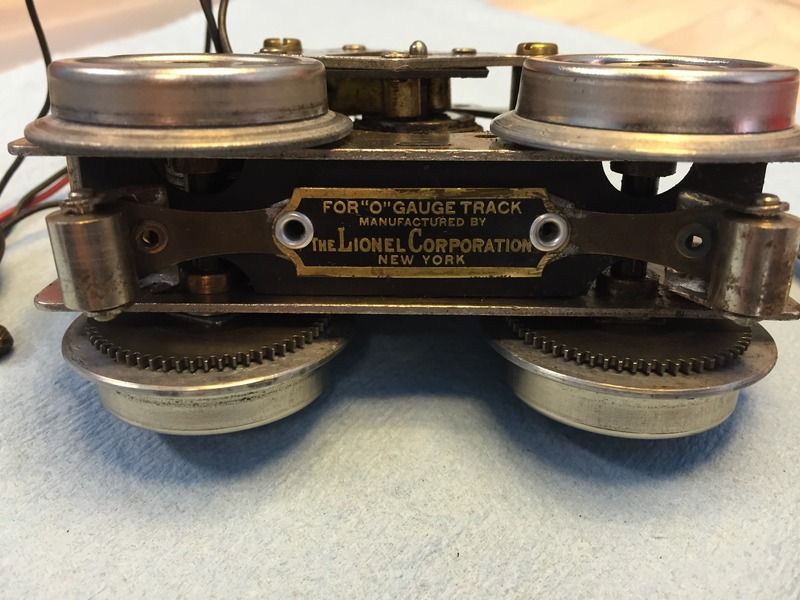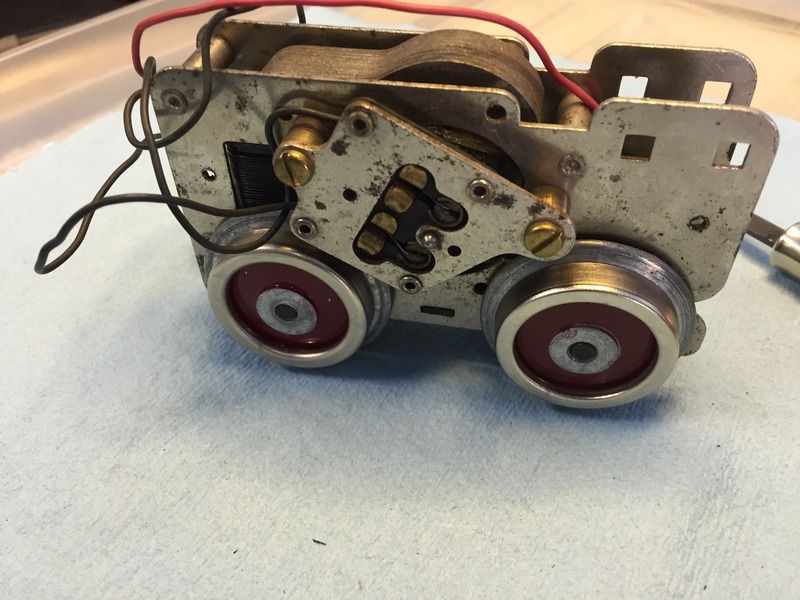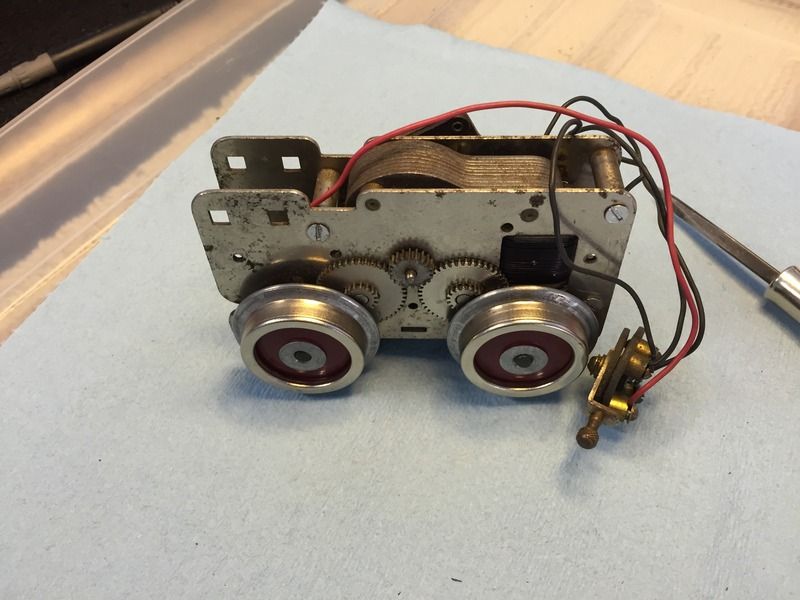From my experience...
There is nothing wrong with quality self etching primer.
I see the "crinkle" issue as either the undercoat of paint not fully dry or the problem is the clear coat. And depending upon humidity and such, 48 hours is too soon to clear coat. You should wait weeks...
For toys, I would avoid the clear coat. There really is not enough surface area of paint on a toy to warrant the clear coat. Instead wait a few months for the paint to dry completely, then buff it out and put on a final coat of wax. Plus, a clear coat makes possible future repairs or touch ups problematic.
Also, switching to Krylon is a distinct step down in quality. Rust-O-Leum has a lot of filler and plastic in it, but Krylon is worse. Any paint that dries fast is full of all kinds of additives... Stepping up to auto paints (like Duplicolor) will reduce problems.
Also FYI, after washing you need to get rid of the water... Washing with soap and water is OK, but air drying does not remove all of the water film. Baking in an oven helps (hotter and faster evaporation). Even alcohol has water content. A final wash of lacquer thinner/naptha/acetone will help fight off the water. And wear gloves. Don't touch the bare metal or primer as it will leave finger oils.
Good luck.







